SUMMARY
This is AI generated summarization, which may have errors. For context, always refer to the full article.
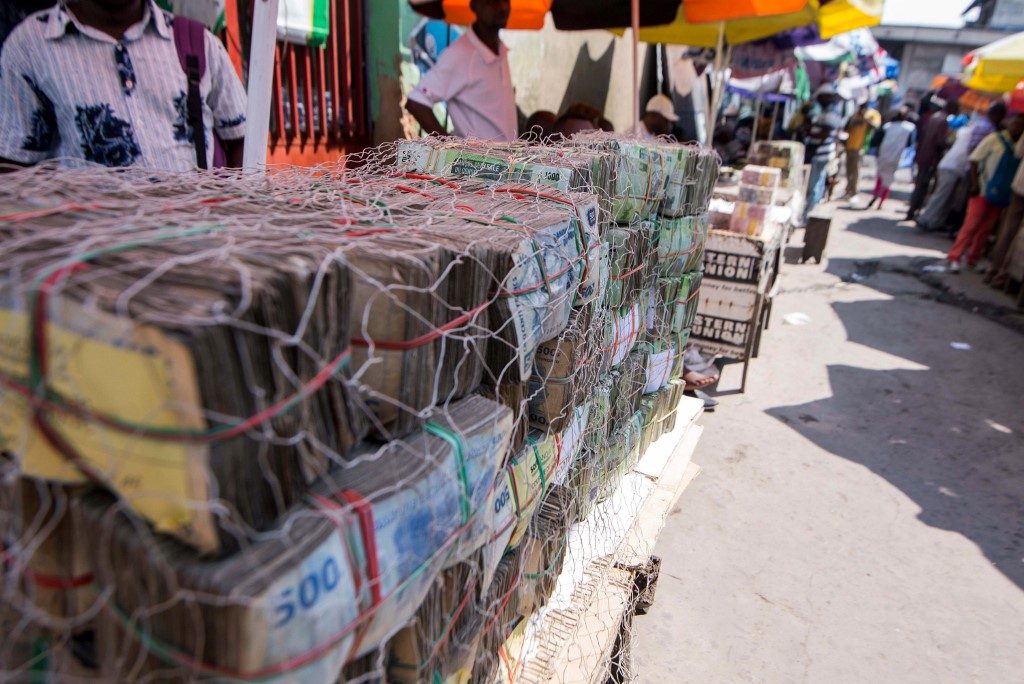
Emilie Kapinga, a 60-year-old fishmonger in a Kinshasa market, now works all day for a pittance.
At her wholesaler, “10 kilograms (22 pounds) of fish have gone up from 30,000 to 45,000, even 50,000 Congolese francs,” she said.
“A fish that I used to sell for 1,000 francs costs 3,000 today,” she said. “Profit margins are being eaten away by the dollar rate.”
Since mid-July, the Congolese franc has slumped against the United States dollar, stoking fear and uncertainty in everyday transactions.
The franc, which for months was a stable 1,600-1,620 per dollar, is now changing hands at around 2,000, with much day-to-day volatility.
“It’s rare to get dollars on the marketplace and everybody wants some,” money changer Nickel Kwavita, 41, told Agence France-Presse (AFP).
“People accept any old exchange rate as long as they can offload Congolese francs.”
While vastly rich in mineral wealth, DR Congo imports almost all the essential products needed by its population – and when the currency slumps it badly affects consumers, most of whom live on less than $2 per day.
The economy is more than 85% dollarized, but most salaries are paid in Congolese francs pegged at 1,600 francs to the dollar.
“A 5-kilo (11-pound) bag of sugar that used to cost 7,000 francs sells today for 10,000 francs. A sack of rice has gone up from 28,000 to 38,000 francs. Life has become intolerable,” said Richard Balimwacha, a student out shopping.
Angry oil companies
And it’s not just the public who are worried.
Among those affected by the slump are energy companies which have to pay for oil in dollars but whose income is in local currency and whose prices are pegged.
Oil companies operating in Katanga, southeastern DRC, and in the central region of Kasai, say they will go on strike from Thursday, August 6, because of local pricing clamps.
Petrol in Katanga’s Lubumbashi was set in May at 1,390 francs per liter, compared with 1,995 francs per liter in the capital.
“Distribution and storage of oil products will cease [there]…until the publication of new price structures…which take current trends into account,” the local section of the Congo Business Federation said.
On March 24, President Felix Tshisekedi decreed a raft of emergency restrictions to help protect people from the coronavirus pandemic.
The measures were eased on July 22, mainly to help poor people whose livelihoods were devastated by the measures.
As public anxiety about the declining franc has mounted, the government has been trying to ease the load – but with little success.
At a cabinet meeting on Friday, July 31, the president urged ministers to be “bold…to stabilize the exchange rate in the first place, then to make it favorable to our economy and the well-being of the population.”
Tshisekedi won 2018’s presidential election but leads in a coalition with members of the Common Front for the Congo, who support his predecessor Joseph Kabila and enjoy a substantial majority in the country’s institutions.
Trade deficit
Congolese financial expert Noel Tshiani told AFP that a widening trade deficit was to blame for the accelerating decline of the currency.
Imports from major countries have fallen by 30%, while exports have crashed 40%, he said. The DRC is a major exporter of minerals, especially cobalt – a key ingredient in batteries in consumer gadgets – as well as copper.
Even so, the currency crisis could not be pinned exclusively on the now-familiar problems that the virus has caused for every economy in the world, Tshaini said.
“The DRC’s monetary problems did not start with the pandemic, but long before,” Tshiani said.
The government has dug into foreign exchange reserves, which fell from $1.2 billion in March to $850 million in July.
Inflation in DR Congo has been 17.1% since the start of the year, according to statistics from the Central Bank of Congo.
In the aftermath of the global financial crisis of 2008, inflation exceeded 46% in 2009, but took 6 years to ratchet down to 1%, according to the International Monetary Fund. – Rappler.com
Add a comment
How does this make you feel?
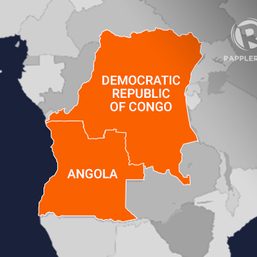
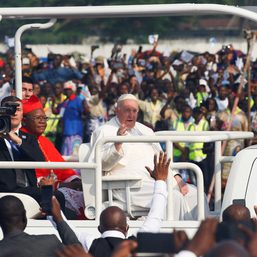
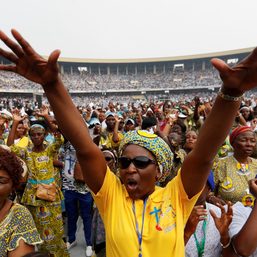

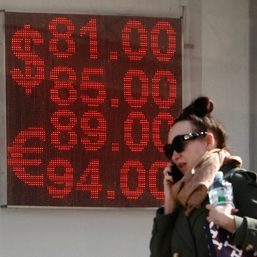
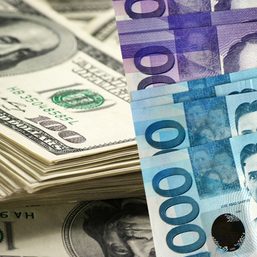

![[PANOORIN] Mahinang piso: Biyaya o pinsala sa OFW?](https://www.rappler.com/tachyon/2022/10/humihinang-piso1.png?resize=257%2C257&crop=417px%2C0px%2C1080px%2C1080px)
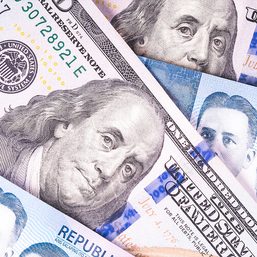

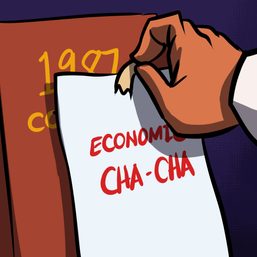



There are no comments yet. Add your comment to start the conversation.